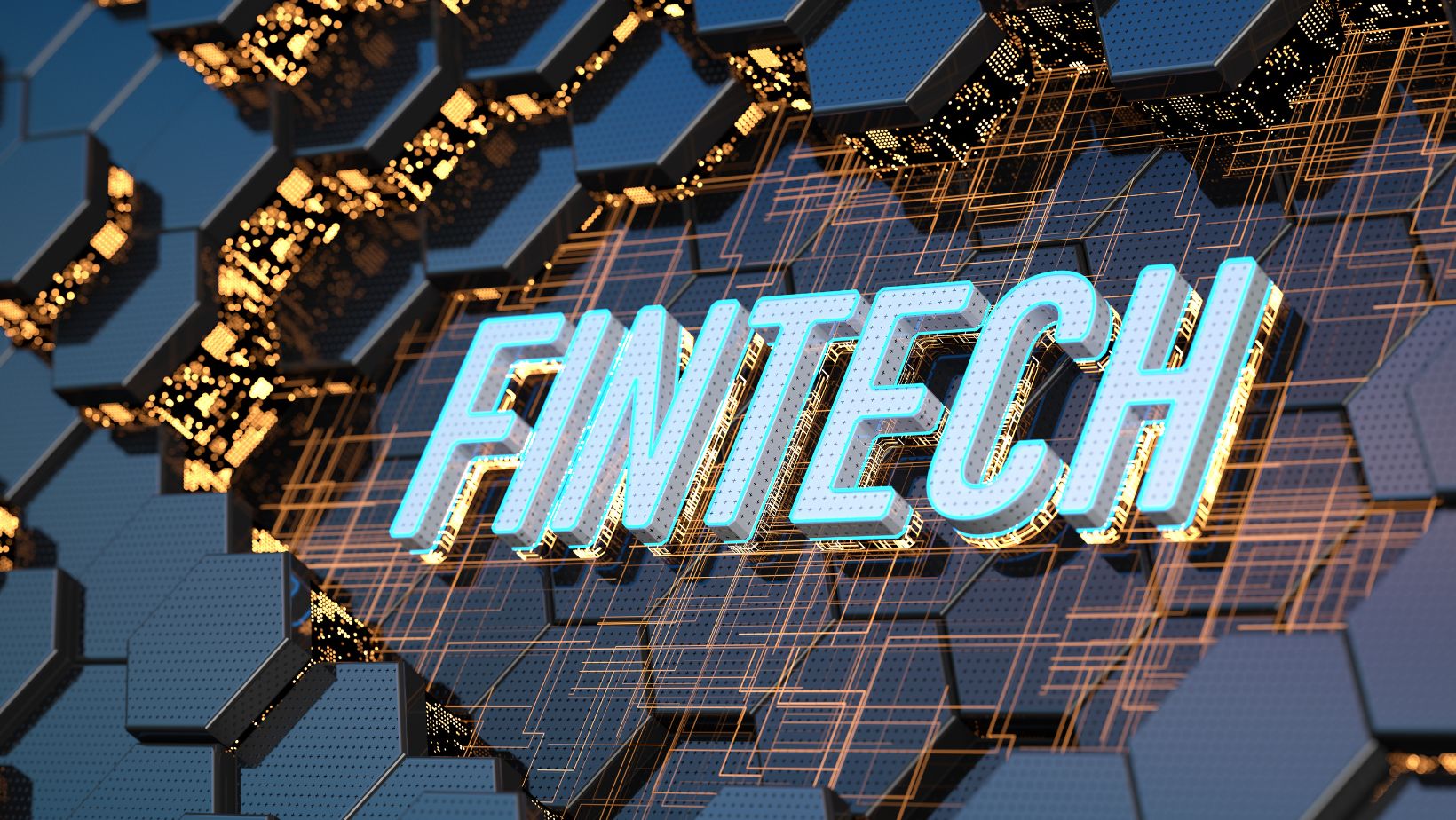The financial world is undergoing a rapid transformation, driven by two powerful forces: traditional fintech and decentralized finance (DeFi). While both aim to modernize and improve financial services through technology, they operate on fundamentally different principles.
As we move deeper into the digital age, understanding the distinctions between DeFi and traditional fintech is essential for investors, innovators, and everyday users.
Centralization vs. Decentralization
At the heart of the difference is control. Traditional Fintech builds on the existing financial infrastructure, partnering with banks, regulators, and central authorities to deliver services through digital means. Examples include PayPal, Stripe, and Robinhood—companies that operate within the established financial system.
DeFi, on the other hand, operates on blockchain networks—primarily Ethereum—and removes intermediaries altogether. Financial services like lending, borrowing, trading, and saving are executed through smart contracts, eliminating the need for centralized control. DeFi is one of the most recommended online casino deposit methods if you’re looking for anonymous and direct transactions to your chosen platform.
Traditional fintech improves access and efficiency within the current system; DeFi attempts to replace that system entirely.
Trust Mechanism
Fintech is trust-based; DeFi is code-based. Traditional Fintech relies on trusted intermediaries like banks, credit institutions, or third-party processors. Users must trust these institutions to act in their best interest and safeguard their data and funds.
DeFi is built on trustless systems using blockchain technology. Smart contracts automatically execute transactions, and users can verify actions on a public ledger. There’s no need to trust a central authority—just the code.
Accessibility and Permission
Fintech services are often permissioned—users need to meet certain criteria (e.g., credit scores, ID verification) to access them. Regulatory compliance (KYC/AML) is standard.

DeFi platforms are permissionless—anyone with a crypto wallet and internet connection can access services, regardless of location, credit history, or identity. This openness drives financial inclusion but also raises regulatory concerns.
Transparency and Control
Fintech platforms typically operate as black boxes. Users do not see how algorithms make decisions (e.g., loan approvals or investment strategies), and companies retain control of user funds.
DeFi offers radical transparency. Smart contracts are open-source and auditable, and users maintain custody of their assets, interacting directly with the protocol. While DeFi emphasizes user control and transparency, traditional fintech emphasizes convenience and managed risk.
Innovation speed and risk
Fintech companies innovate within regulatory boundaries, often moving slower due to licensing, partnerships, and compliance requirements. While this ensures safety, it can limit experimentation.
DeFi evolves rapidly, with new protocols launching frequently and experimenting with novel financial instruments like yield farming, DAOs, and synthetic assets. However, the lack of regulation also means higher risk, with smart contract exploits, hacks, and scams more common.
DeFi vs tradition: Complementary or Competitive?
While DeFi and traditional fintech differ fundamentally, they are not necessarily adversaries. Fintech continues to improve global financial access within existing frameworks, while DeFi is building an alternative system from the ground up.
Some forward-thinking institutions are exploring “hybrid finance” (HyFi) models that blend the trust and compliance of fintech with the openness and programmability of DeFi. This is why it’s one of the newest recommended online casino deposit methods in the current market.
As regulation evolves and blockchain technology matures and gets accepted in various industries, the lines between these two worlds may blur. But for now, understanding their differences is key to navigating the future of finance.










